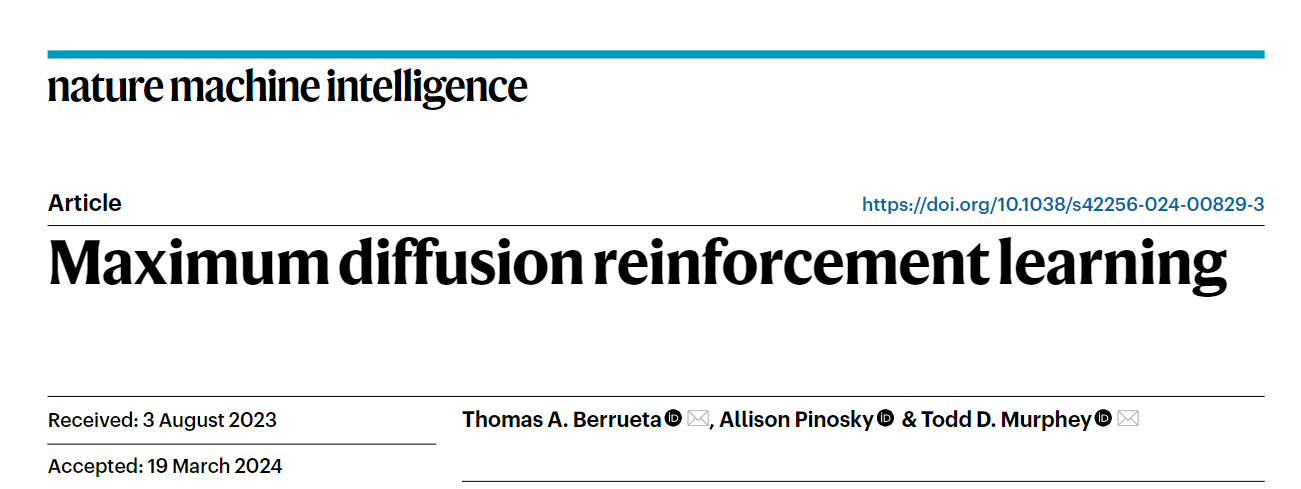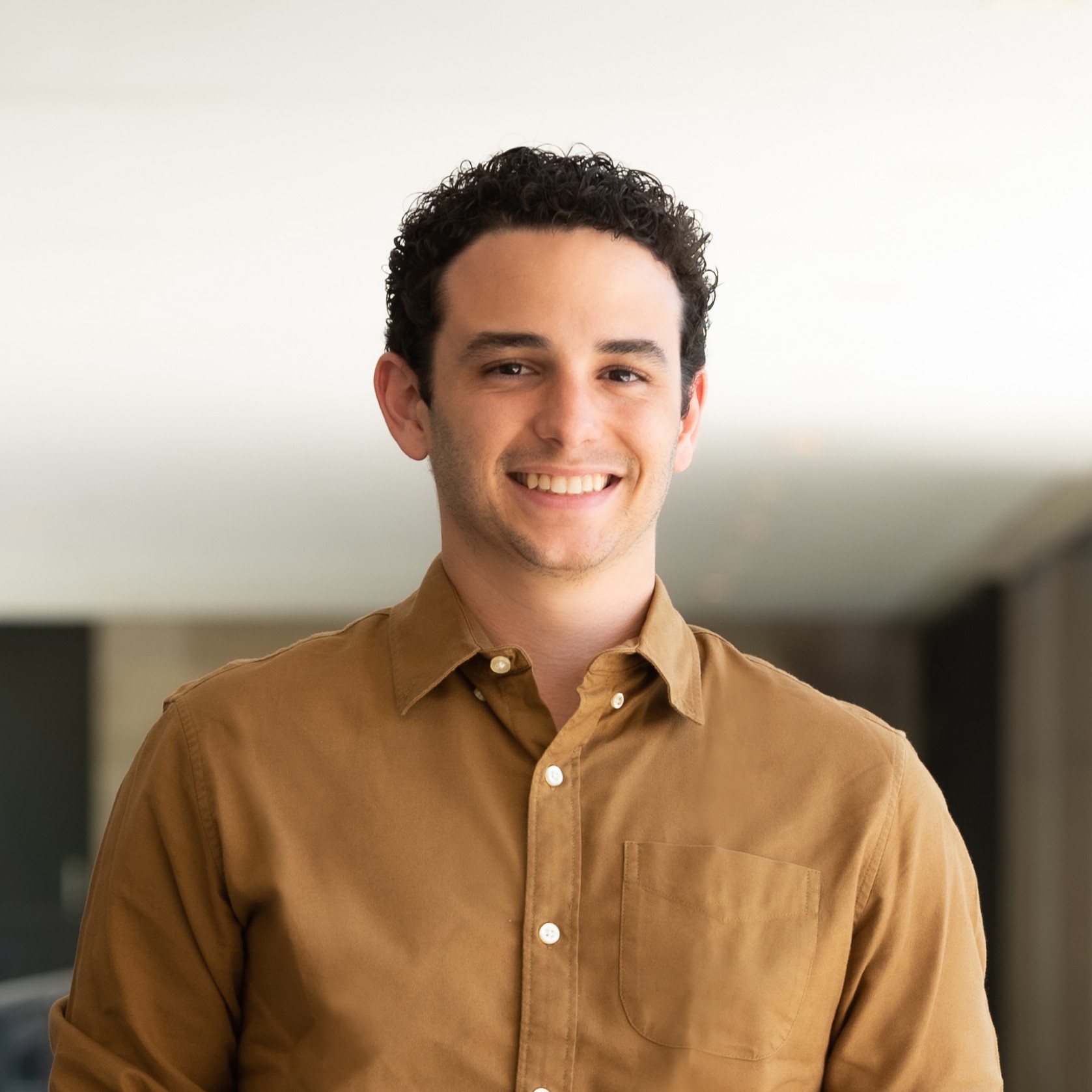Latest News
Lots of news recently! First, I am happy to announce that I have defended my dissertation, which I titled Robot Thermodynamics and can be found here. I am also excited to announce that I have taken up a position as a Postdoctoral Scholar at Caltech, where I will be advised by Profs. Soon-Jo Chung and Fred Hadaegh. In this new role, I will be looking to bring my expertise in the development of robust learning and control strategies for physically-embodied systems to the realm of space robotics!
Also, in collaboration with my colleague Annalisa Taylor, we published an article in IEEE Robotics and Automation Letters on the safety and robustness of heterogenous teams of dynamic robot agents, which you can find here. Lastly, I recently published my latest work on reinforcement learning in Nature Machine Intelligence! In this paper, I introduce a novel framework called Maximum Diffusion Reinforcement Learning. MaxDiff RL presents a novel decision-making framework built from the ground up to take into account the physical properties of embodied agents during learning and control.

About Me
I am an interdisciplinary roboticist interested in exploring the consequences of physical embodiment in robot learning and control. My work combines insights from artificial intelligence, optimal control, and statistical physics to make engineered systems more capable and robust.
I am a Postdoctoral Scholar at the California Institute of Technology in the Autonomous Robotics and Control Lab, where I am advised by Profs. Soon-Jo Chung and Fred Hadaegh. I received a Ph.D. and M.S. in Mechanical Engineering from Northwestern University in 2024, where I was a Presidential Fellow under the supervision of Prof. Todd Murphey. I also received a B.S. in Engineering from Harvey Mudd College in 2017.
